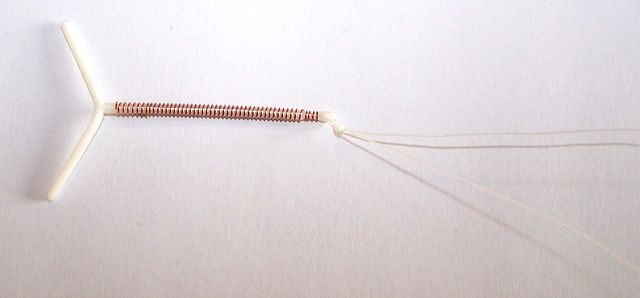A mother’s photo of her newborn clutching the intrauterine device (IUD) that failed to prevent her pregnancy went viral a few days ago, causing quite the internet stir.
Lucy Hellein of Fort Mitchell, Alabama, posted the photo of her just-delivered son on Facebook with the caption, “Mirena fail!” The photo has since been removed, but not before being shared all over the world on social media, Live Science reports.
A doctor discovered the IUD behind the baby’s placenta during delivery, Metro.co.uk says. Hellein said this was the third Mirena IUD she had used, which she placed last summer. Much to her surprise, she found out that she was 18 weeks pregnant in December last year. Her doctors had assumed the device had somehow fallen out, but then it appeared when she gave birth via C-section.
An IUD is a long-acting, reversible form of contraception that is inserted into the uterus. The pregnancy rate among women who use the device is very low. The American Congress of Obstetricians and Gynecologists (ACOG) states that IUDs are actually one of the most effective forms of birth control – less than 1% fail during the first year of use. This is similar to the rates of sterilization procedures, such as “tube tying” or ligation.
According to Mirena, the makers of the IUD in question, fewer than eight out of 1,000 women, or 0.8%, become pregnant in a span of five years of using their device.
However, in rare cases, pregnancy can still happen. The IUD can slip partly or completely out of the uterus, which is common in 5% of first-year users, ACOG says. This most likely happens soon after the device is inserted, and pregnancy can occur.
Mirena recommends that users check once a month to see if the IUD is in the right place. Women can do this by finding the threads attached to the IUD that extend down the uterus into the top of the vagina.
The IUD may also move and become embedded in the uterus, or it could pierce the uterus – two very rare scenarios. In these cases, pregnancy may happen, and the IUD must be removed.
Other forms of IUDs also don’t protect against pregnancy as soon as they are inserted, such as hormonal IUDs that are effective immediately only when inserted during a specific time, according to Planned Parenthood.
As for Hellein, her son was born on April 27, weighing about 9 pounds. She said, “Although he wasn’t planned, my family and I feel incredibly blessed.”
























